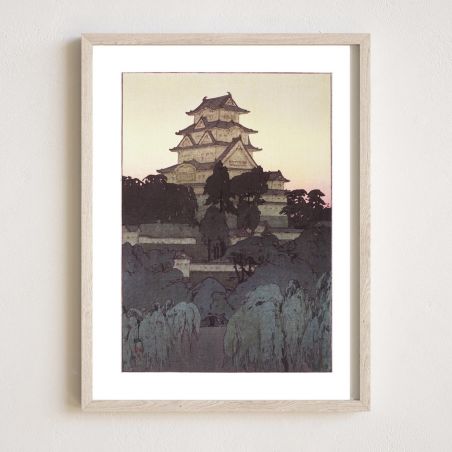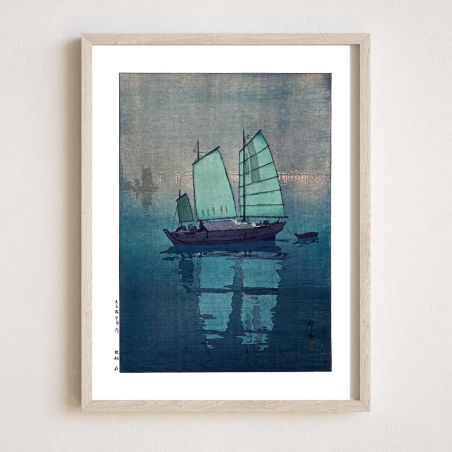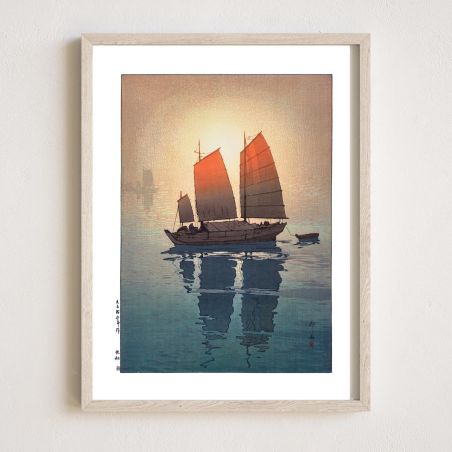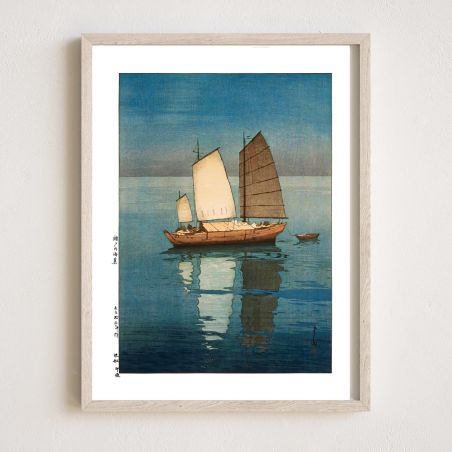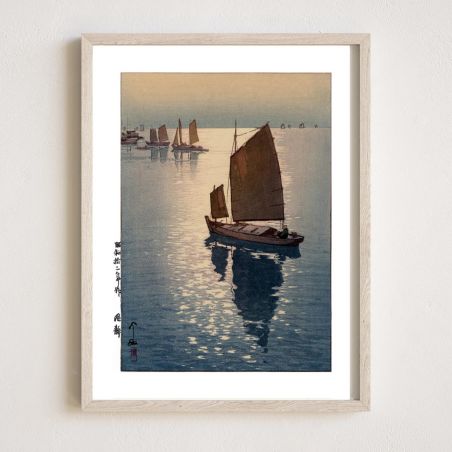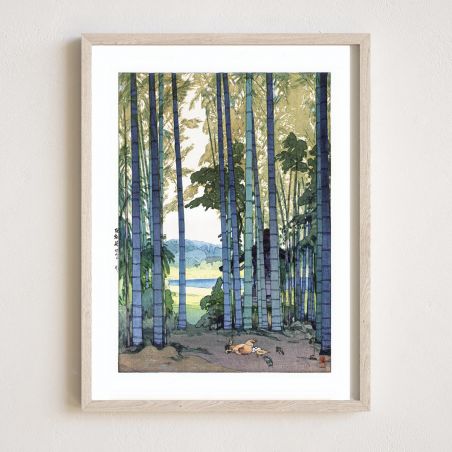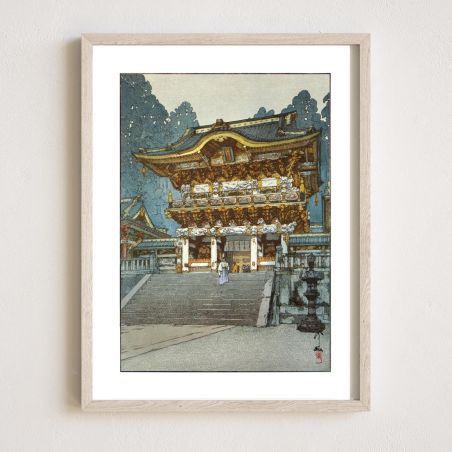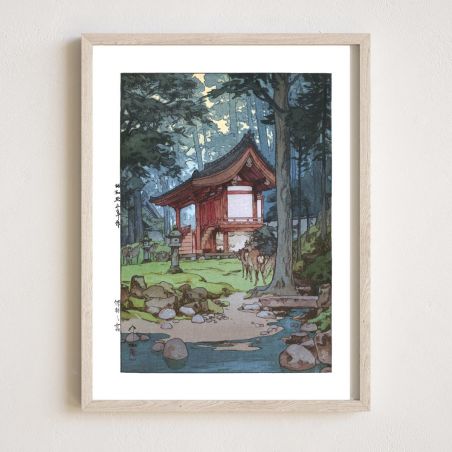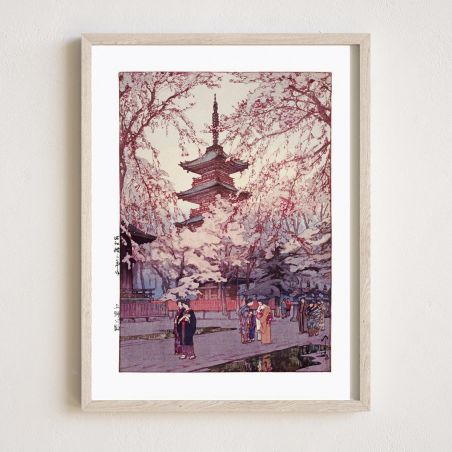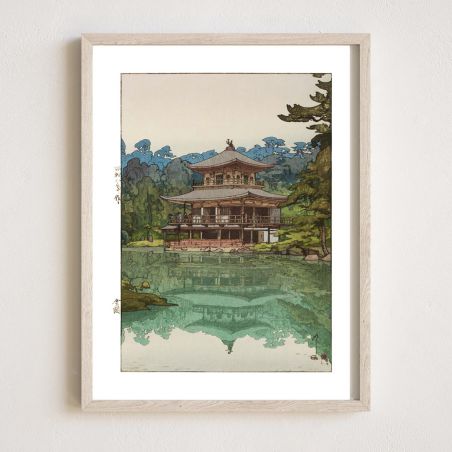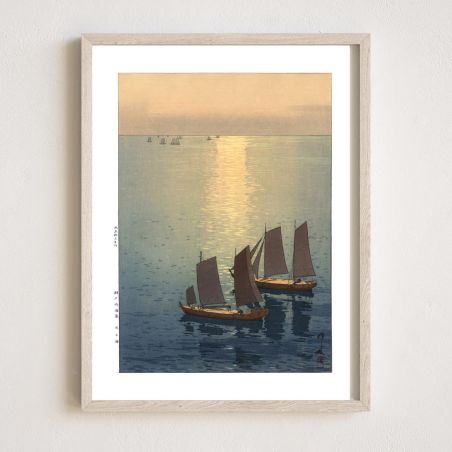Hiroshi Yoshida

Hiroshi Yoshida (吉田 博, Yoshida Hiroshi) (September 19, 1876, died April 5, 1950) was a twentieth-century Japanese painter and woodcutter. Along with Hasui Kawase, he is considered one of the greatest shin hanga style artists and is particularly valued for his landscape prints. Yoshida travels extensively and is known for his paintings of non-Japanese subjects painted in the traditional Japanese woodblock print style including the Taj Mahal, the Swiss Alps, the Grand Canyon and other national parks in the United States.
Hiroshi Yoshida was born in the city of Kurume, Kyushu, on September 19, 1876 with the name Hiroshi Ueda1. He showed an early predisposition for art, a predisposition encouraged by his adoptive father, a public school painting teacher. He was sent to Kyoto at the age of nineteen to study with Tamura Shoryu, a renowned teacher of Western style painting. Then he studied with Koyama Shotaro in Tokyo for another three years.
In 1899, Yoshida exhibited for the first time in America at the Detroit Institute of Arts, then visited Boston, Washington, Providence (Rhode Island) and Europe. In 1920, Yoshida presented his first woodblock prints, first at the Watanabe Print Shop, organized by Watanabe Shozaburo (1885-1962), publisher and advocate of the shin-hanga movement. But Yoshida's collaboration with Watanabe was short-lived in part because of the 1923 Kantō earthquake.
In 1925, he hired a group of printmakers and painters and opened his own studio. The prints are made under his close supervision. Yoshida combined the collaborative system of ukiyo-e with the Sōsaku hanga principle of "artist's prints" and founded a third school, distinguishing itself from the shin-hanga and sōsaku-hanga movements.
Hiroshi Yoshida was trained in the tradition of Western oil painting that developed in Japan during the Meiji era. He often uses the same wooden printing blocks and varies the color to suggest different moods. The best example of this is the Sailboats in 1921. His extensive travels and his knowledge of the Americans had a considerable influence on his art. In 1931, a series of prints was published representing scenes from Pakistan, India, Afghanistan and Singapore. Six of these views are dedicated to the Taj Mahal with different colors to suggest various moods.(source wikidépia)
There are 14 products.

.jpg)

















































































